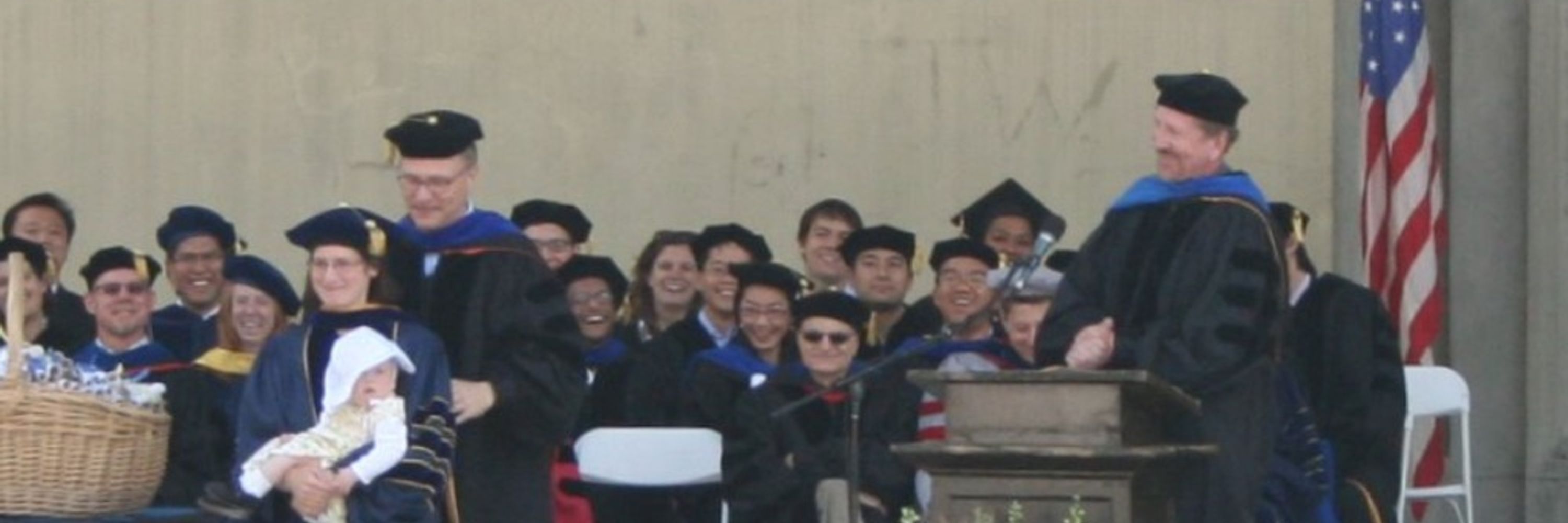













(From Table 4 of Advertising and Labor Market Matching: A Tour through the Times,...

(From Table 4 of Advertising and Labor Market Matching: A Tour through the Times,...

Viola Corradini, @lagoslorenzo and Garima Sharma use employment flows to figure out aspects of jobs valued by women and men. Never seen that before!

Viola Corradini, @lagoslorenzo and Garima Sharma use employment flows to figure out aspects of jobs valued by women and men. Never seen that before!













